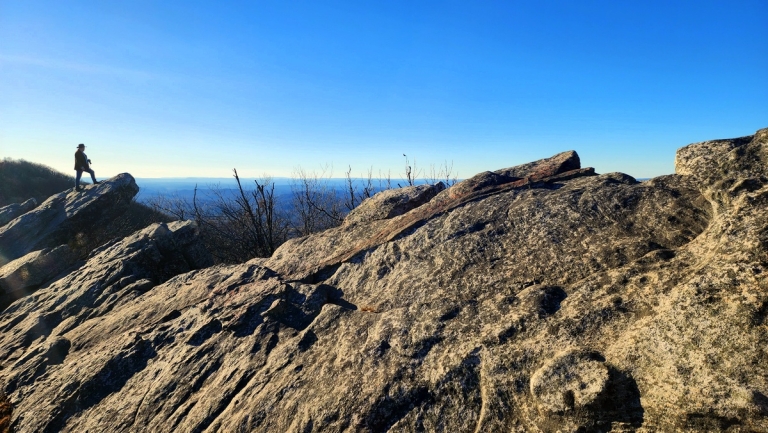
ZENITH, W.Va. — Those who have heard the haunting "Peters Mountain Roar" say it will forever stay with them. "The roar of a thousand lions," some have called it.
A meteorological phenomenon, the sound is most often experienced in the windward valleys west of Peters Mountain. Many theories have been proposed about its origin, though none have answered all questions about its magical influence.
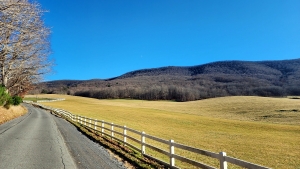
"Grandma said it was a lonely sound," wrote Cynthia Ferguson DeVaux in a lively online discussion of the roar. "I would hear it on the farm my grandparents had in Green Valley."
"Old timers called in the roar of a thousand lions," added Amy Cole South, who grew up near the mountain and operates Mountain Shadow Cabin, which lodges at least one scholar who has studied the sound.
The prevailing theory regarding the cause was perhaps most thoroughly propounded by the late historian Shirley Donnelly in the 1960s. He relied on the account of W.O. Raines of Gap Mills for his explanation. Donnelly published it in a news column, which Marsha Stone of Sweet Springs provided for this article.
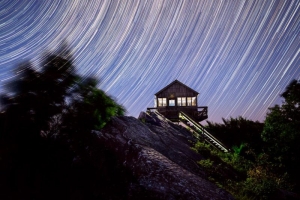
Raines had proposed that the sound was created by high-level winds racing across the top of the mountain. "This wind is direct from the sea," Donnelly wrote. "It is an upper current, and as there are no obstructions, it often comes with great force and speed.
"On reaching Peters Mountain, it strikes the grounds, pours over the top, and rebounds to continue as an upper current. This wind, striking the ground and the timber of the mountain, causes the mountain to roar. This sound can often be heard at a great distance. Nothing like it is to be heard in all the western hemisphere, it is said."
Though perhaps not scientifically accurate, the proposition that the sound is created by winds racing over the mountain is likely.
Where on the mountain the sound emanates remains a mystery. Some believe it's created where the winds blow over rocky areas along the summit, as at Hanging Rock, the site of the Hanging Rock Raptor Observatory. Blades of sandstone run for hundreds of feet along the summit at many locales, though they are most pronounced at Hanging Rock.
Other residents who are familiar with the phenomenon say the sound is created by the mountain's long crest, which extends more than 50 miles and forms much of the mountain wall between Virginia and West Virginia.
Reports of where the sound occurs span more than 50 miles, from near Sweet Springs, West Virginia, in the northeast to near Peterstown, West Virginia, in the southwest.
The roar also seems to occur most often in winter or before a change in the weather, so hunters of the phenomenon might be able to predict when it will happen.
"Wintertime storms really make it roar," Marjorie Boothe wrote of her recollections.
Lize Jo Johnson clarified that the roar occurred "usually prior to a change in weather during winter months. We always comment that the mountain is singing."
Janet Karnes recalls that her father used the roar to predict the weather. "My dad could tell about what the weather was going to do by where it was roaring."
Coincidentally, the layer of sandstone that protrudes from the top of the mountain as Hanging Rock also outcrops as the Devil's Backbone to the north near Huntersville, West Virginia, and as Seneca Rocks and Champe Rock in the state's eastern panhandle.
Devil's Backbone continues to intrigue Pocahontas County visitors
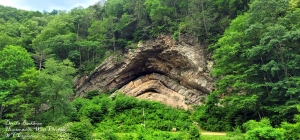
Early settlers in Pocahontas County called it "The Devil's Backbone" as most believed such an unnatural thing could only be the work of evil. While geologists now understand the forces that created this dramatic arch, the explanation may be harder to believe than the superstition. READ THE FULL STORY HERE.
Sign up for a FREE copy of West Virginia Explorer Magazine in your weekly email. Sign me up!






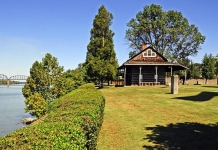

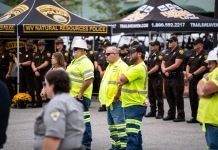

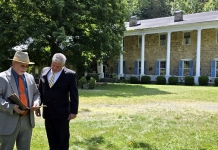
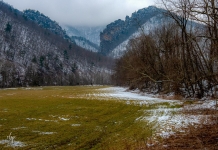

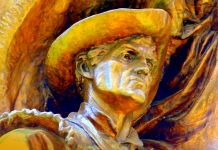
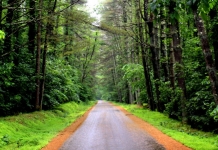
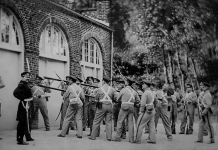
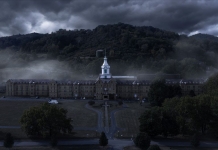





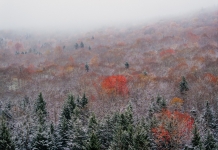
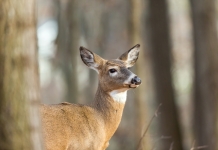
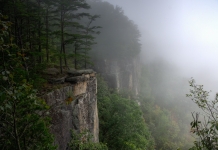




Facebook Comments